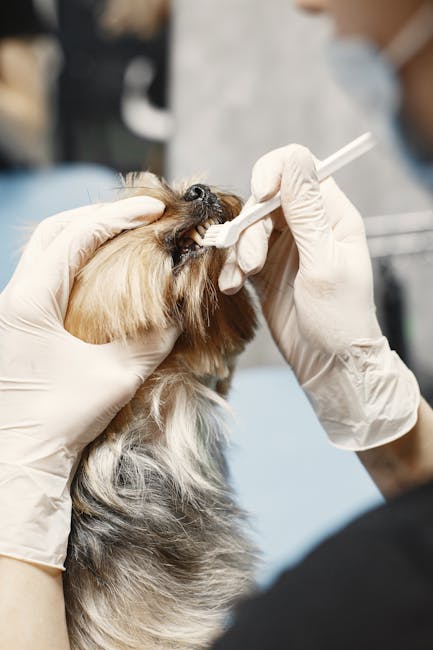 Medical Workplace Cleansing: Important Practices for a Safe Atmosphere
Medical Workplace Cleansing: Important Practices for a Safe Atmosphere
In the world of medical care, tidiness is not just a priority; it is a fundamental requirement. Medical office cleansing plays an essential function in guaranteeing that medical care facilities offer a safe and clean and sterile environment for both patients and healthcare providers. With the raising focus on infection control and prevention, recognizing the best techniques for cleansing clinical workplaces is important. This write-up looks into the significance of clinical workplace cleansing, highlights efficient cleaning strategies, and supplies tips for preserving an immaculate health care environment.
The initial step in efficient clinical office cleansing is identifying the high criteria that must be supported. Medical facilities are breeding premises for microorganisms, making routine and detailed cleaning absolutely necessary. The Centers for Illness Control and Prevention (CDC) guidelines detail certain cleansing and disinfection procedures for different locations of a medical office, including waiting spaces, treatment areas, and bathrooms. By adhering to these standards, health care facilities can minimize the danger of infections and cross-contamination amongst patients and team.
Among the most essential elements of clinical workplace cleaning is using appropriate cleaner. It is important to choose EPA-approved anti-bacterials effective versus a broad spectrum of virus, including germs and infections. High-touch surfaces like doorknobs, light switches, and waiting area furniture must be frequently decontaminated throughout the day to make sure maximal security. Furthermore, purchasing equipment such as UV-C light sanitizers can provide an added layer of protection by decontaminating surface areas that might be missed throughout routine cleansing.
Educating personnel on appropriate cleaning methods is similarly essential. All personnel associated with cleaning should be educated regarding infection control practices, consisting of the right use personal protective equipment (PPE), such as handwear covers and masks. Normal training sessions can make sure that staff remains updated with the current procedures and techniques, cultivating a culture of safety and security within the medical office. Establishing a cleaning schedule that includes daily, weekly, and monthly tasks can additionally promote consistency and liability amongst cleaning team.
Keeping a clean medical workplace includes not just routine cleaning however additionally recurring evaluations and enhancements. It is helpful to perform regular examinations to recognize areas that might require more attention and to solicit responses from personnel and patients about cleanliness. By applying a continuous enhancement method, medical workplaces can adjust to brand-new difficulties and make sure that their cleaning procedures fulfill the highest possible criteria. Finally, an extensive medical office cleaning routine is crucial for the safety and security and health of all people within the healthcare atmosphere. By following established guidelines, utilizing appropriate cleaner, training personnel, and committing to continuous analyses, clinical offices can produce a clean, risk-free, and welcoming ambience for everybody.